Affiliate links on Android Authority may earn us a commission. Learn more.
HUAWEI Mate 20 and Mate 20 Pro are here: Triple cameras, plenty of differences
The HUAWEI Mate 20 and HUAWEI Mate 20 Pro certainly have a lot to live up to — Mate 10 Pro won Android Authority’s Phone of the Year award in 2017, and the P20 Pro is one of the best Android phones you can buy right now.
Now that HUAWEI has officially taken the wraps off the Mate 20 line, let’s dive right in to see what they’re all about.
These are really nice looking phones

Huawei’s P20 and P20 Pro are two of the most attractive devices of 2018, and the Mate 20 lineup improves on that. The Mate 20 and Mate 20 Pro are all-glass phones with an aluminum frame (right in line with most other 2018 flagships), and feature the P20 line’s gradient color scheme.
Each device comes in five color options: pink gold, midnight blue, emerald green, twilight, and black. Our favorite P20 color was twilight, but this emerald green model looks really cool too.
HUAWEI is also introducing a new texture to two of the models this year. It’s called a “hyper-optical display pattern,” and it’s only found on the emerald green and midnight blue models. Basically, it’s a slightly more subtle featherline pattern than what we saw on the HTC U12 Life. It’s kind of hard to see unless you’re looking for it, but this pattern helps make the phones more grippy and more resistant to fingerprints. It’s odd that the texture isn’t available on all the color options, though.
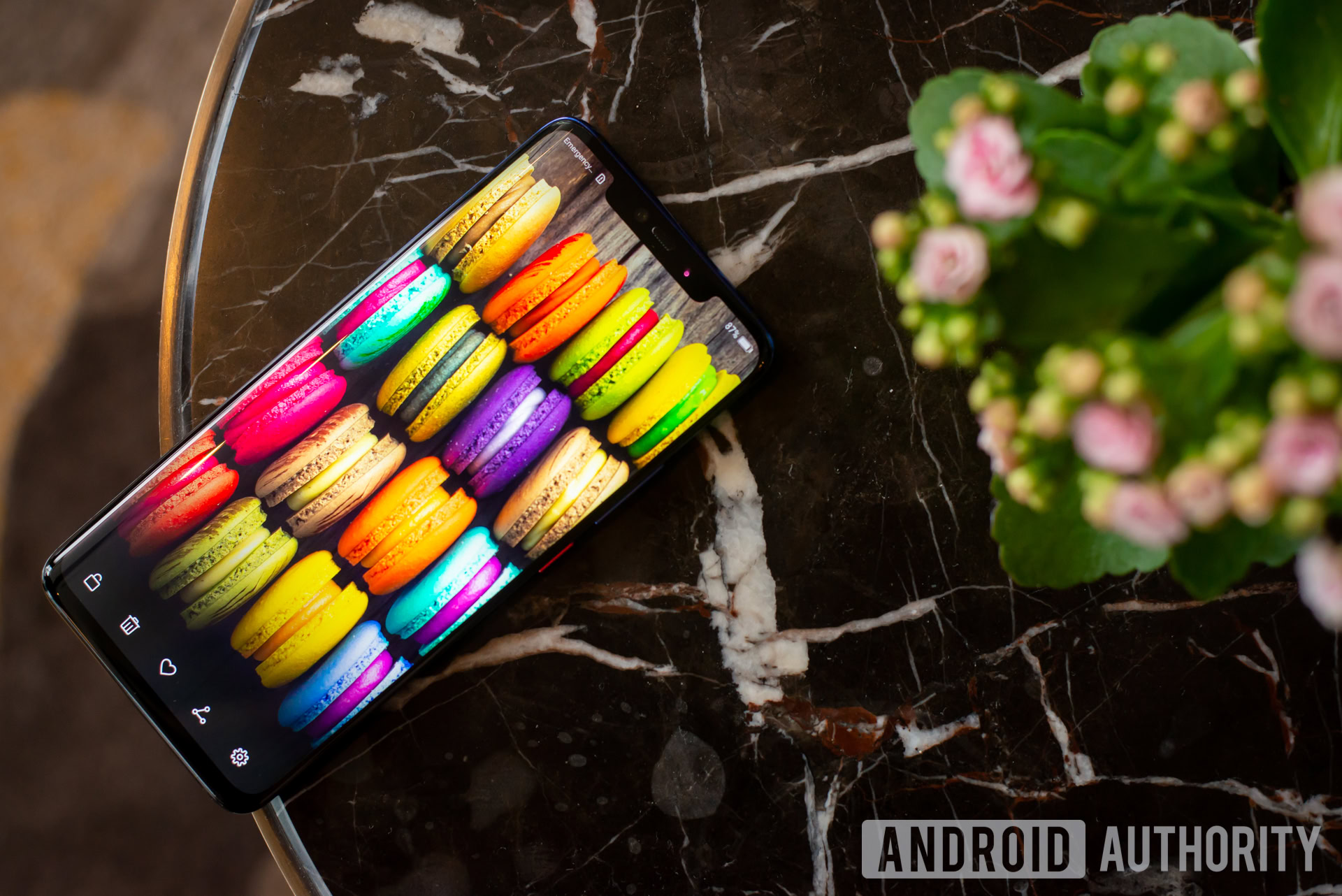
There are a few differences between the Mate 20 and Mate 20 Pro, the most obvious of which can be found on the front. While both devices feature near-bezel-less displays, the regular Mate 20 actually looks better from the front. It comes with a very minimal “dewdrop” notch that houses the single front-facing camera. The Mate 20 Pro’s notch is more similar to something you’d see on an iPhone. This is because the Pro model comes with more advanced face unlock tech (more on that later).
One other notable difference between the two: the standard Mate 20 has a headphone jack, while the Pro doesn’t. Yet another point for the cheaper model!
A power user’s dream phones?
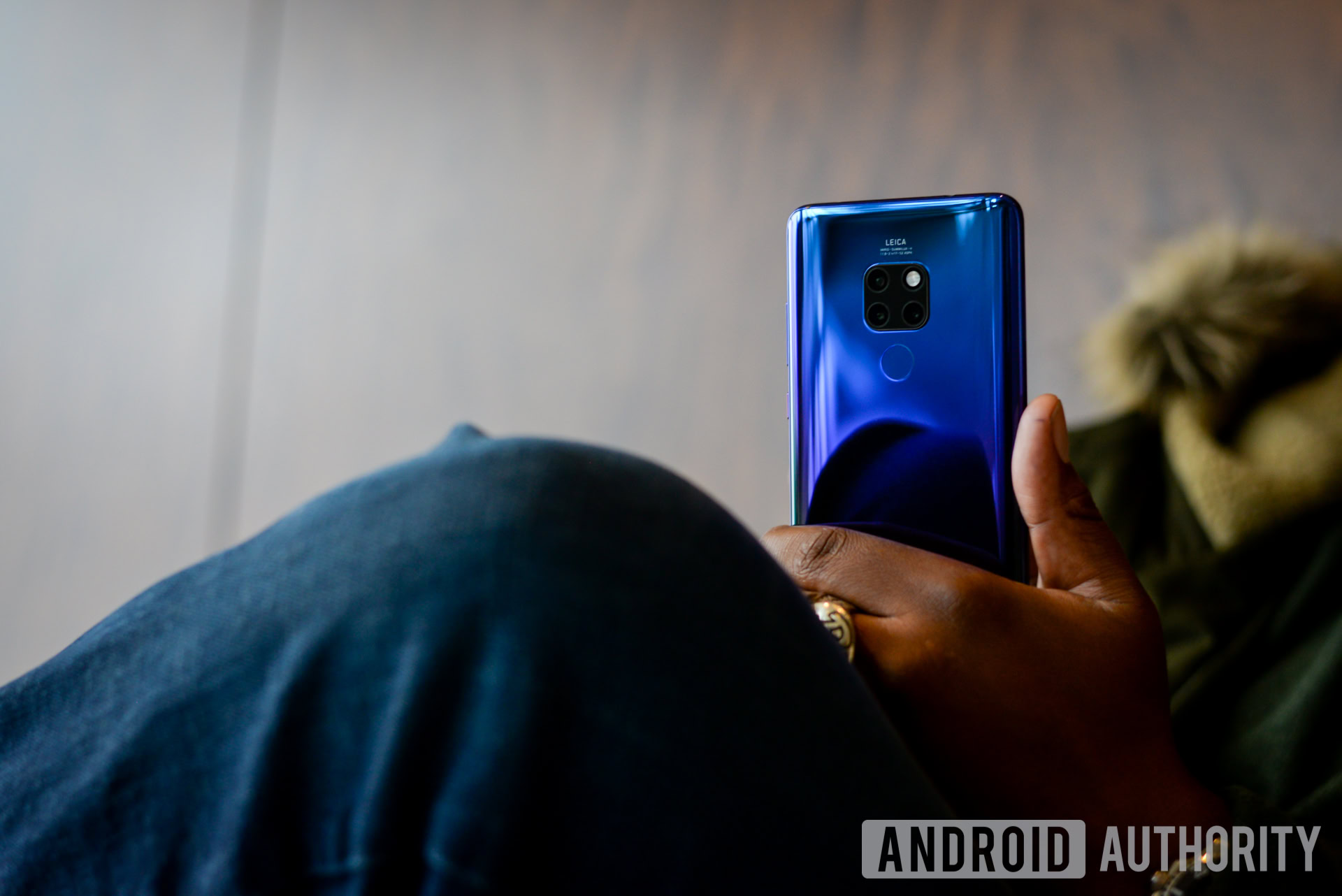
The Mate series has always been about high-end specs, and the Mate 20 is no different. The standard Mate 20 comes with a 6.53-inch LCD display with an 18.7:9 aspect ratio, while the Mate 20 Pro has a 6.39-inch curved OLED display with a 19.5:9 ratio.
Also, HUAWEI finally made a change to the displays that it should’ve done years ago. The Mate 20 Pro’s display has been bumped up to Quad HD+, while the Mate 20’s is only Full HD+. These resolutions were switched around in previous years. Maybe it’s just me, but it makes more sense for the “Pro” phone to have a higher resolution display.
Under the hood, both phones are powered by HUAWEI’s new Kirin 980 chipset and the Mali-G72 GPU. HUAWEI’s Kirin 980 SoC is built on a 7nm process, which means it should provide more speed and efficiency compared to similar chips built on a 10nm process.
The Kirin 980 has a dual NPU (neural processing unit). One is designed for more methodical or logical elements of AI computing like image recognition, while the other is used for more difficult things like natural language processing and rendering video in real-time.
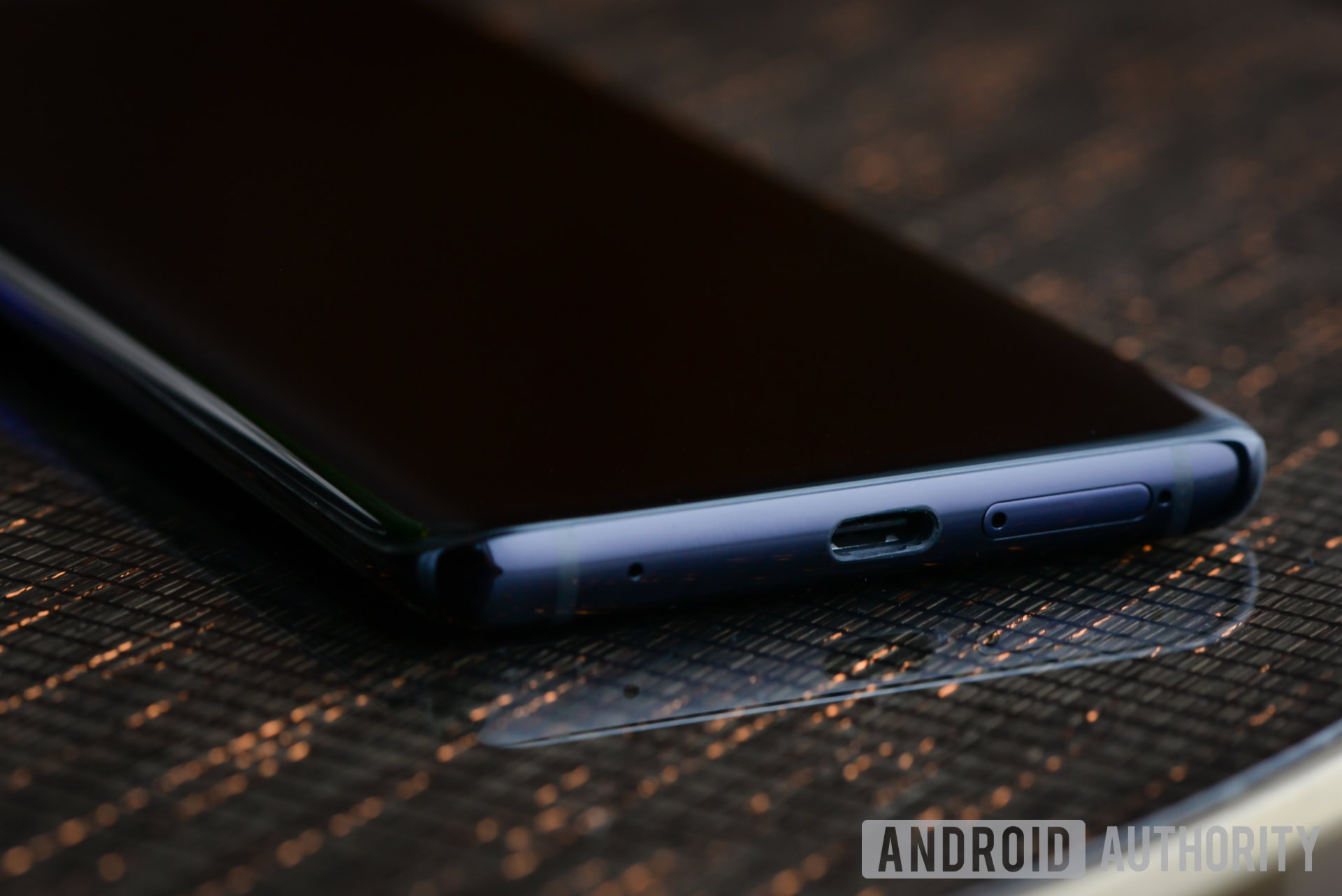
Both also have huge batteries that should last all day, and then some. The Mate 20 Pro comes with a 4,200mAh cell, and the Mate 20 has a 4,000mAh battery. Both come with HUAWEI’s Supercharge technology, but the Pro gets an upgrade. HUAWEI Supercharge on the Mate 20 Pro is now up to 40W, which will get you roughly a 70 percent charge in about 30 minutes. The Mate 20’s Supercharge is the same as it was on the Mate 10 and 10 Pro.
Both phones also support 15W wireless charging, but the Pro gets an upgrade here as well. You can actually use the Mate 20 Pro as a wireless charger! I don’t think many people have been clamoring for this feature, but it’s a neat party trick I suppose.
One more thing worth noting: the Mate 20 Pro comes with an IP68 water resistance rating, while the Mate 20 doesn’t have any water resistance.
Triple cameras with AI…
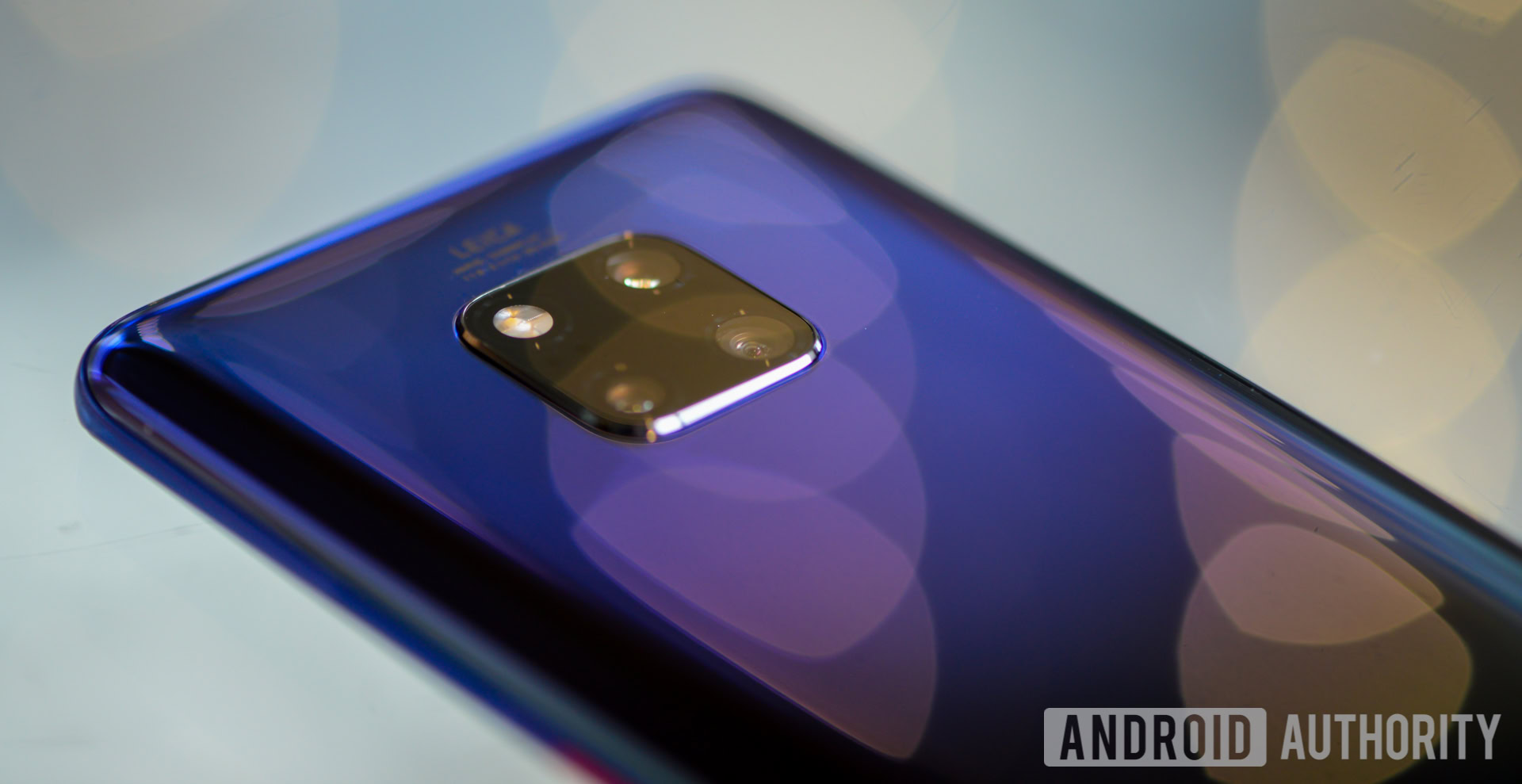
It’s no surprise to see both phones come with triple rear-camera setups after the P20 line received so much praise.
The Mate 20 Pro is the star of the show here, featuring a 40MP standard lens with an f/1.8 aperture, 20MP ultra wide-angle lens with an f/2.2 aperture, and an 8MP telephoto lens with an f/2.4 aperture and OIS.
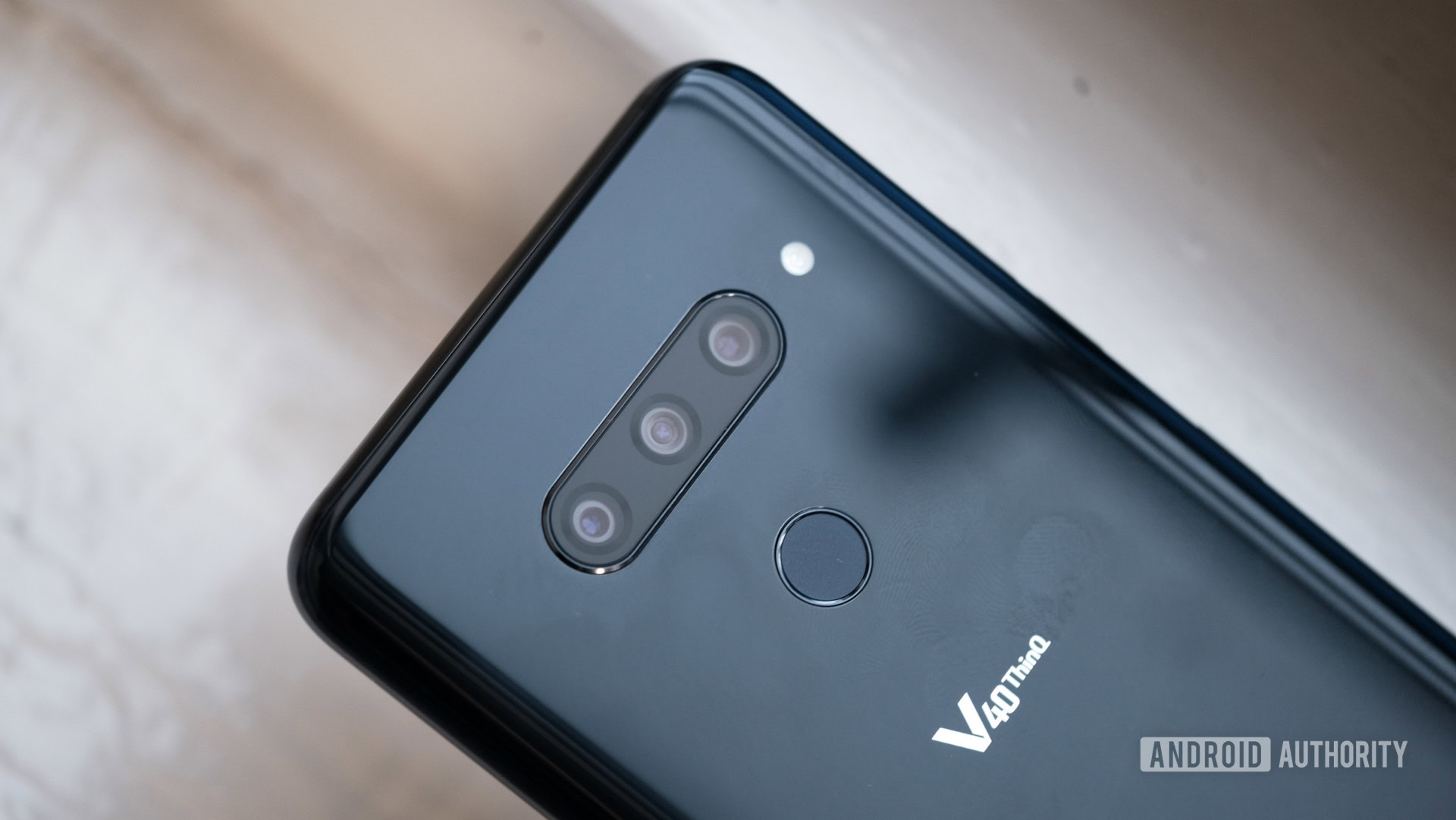
The Mate 20 gets quite a big downgrade from the Pro model. It still has a triple-lens setup, but comes with a 12MP primary sensor with an f/1.8 aperture, 16MP wide-angle sensor with an f/2.2 aperture, and an 8MP telephoto lens with an f/2.4 aperture and OIS.
You’ll notice that HUAWEI is no longer using a dedicated monochrome sensor for improving black and white photos. HUAWEI says due to sensor technology, it and Leica decided to ditch the sensor to give photographers more versatility in the third lens instead. However, you can still take black and white photos from the camera filters section of the camera app.
On the front, both devices come with a 24MP camera.
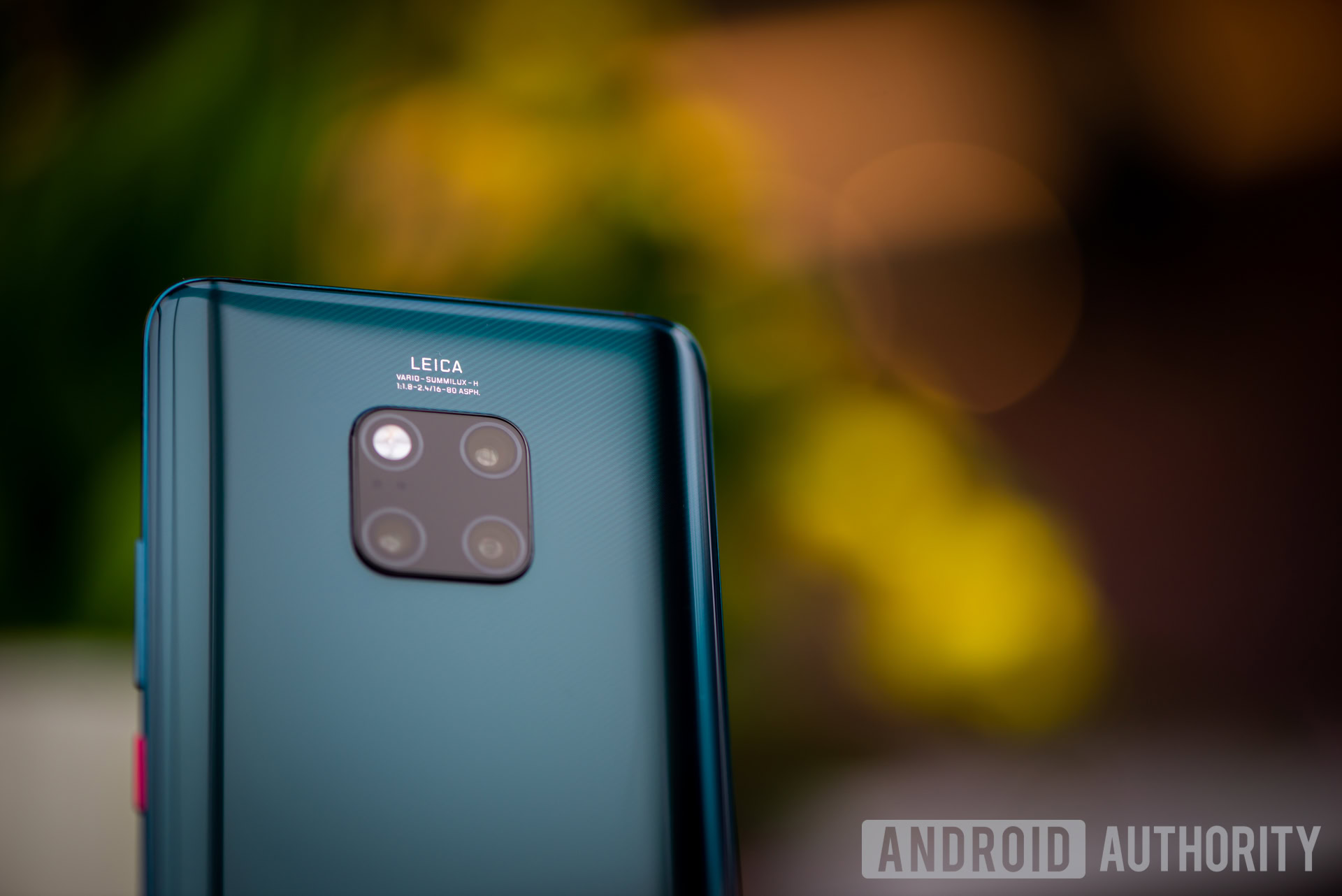
HUAWEI is big on AI, so it’s no surprise to see it present throughout the camera experience. On the Mate 20 and Mate 20 Pro, HUAWEI’s Master AI will actually auto-select the proper lens based on what you’re taking a photo of. So, if you’re trying to take a photo of a landscape, the Mate 20 will switch to the wide-angle lens for you. You can, of course, manually change back at any time.
Now, thanks to the Kirin 980’s dual NPU, the Master AI feature (Huawei’s scene recognition) will be able to recognize over 1,500 scenes as opposed to the 500+ scenes on the Mate 10 line.
HUAWEI is also introducing a camera feature that was made up entirely of buzzwords: AI 4D predictive focus. Like Google’s Motion Auto Focus on the Pixel 3, HUAWEI’s implementation uses object recognition and real-time motion detection to track a moving subject and keep it in focus.
… and a focus on security
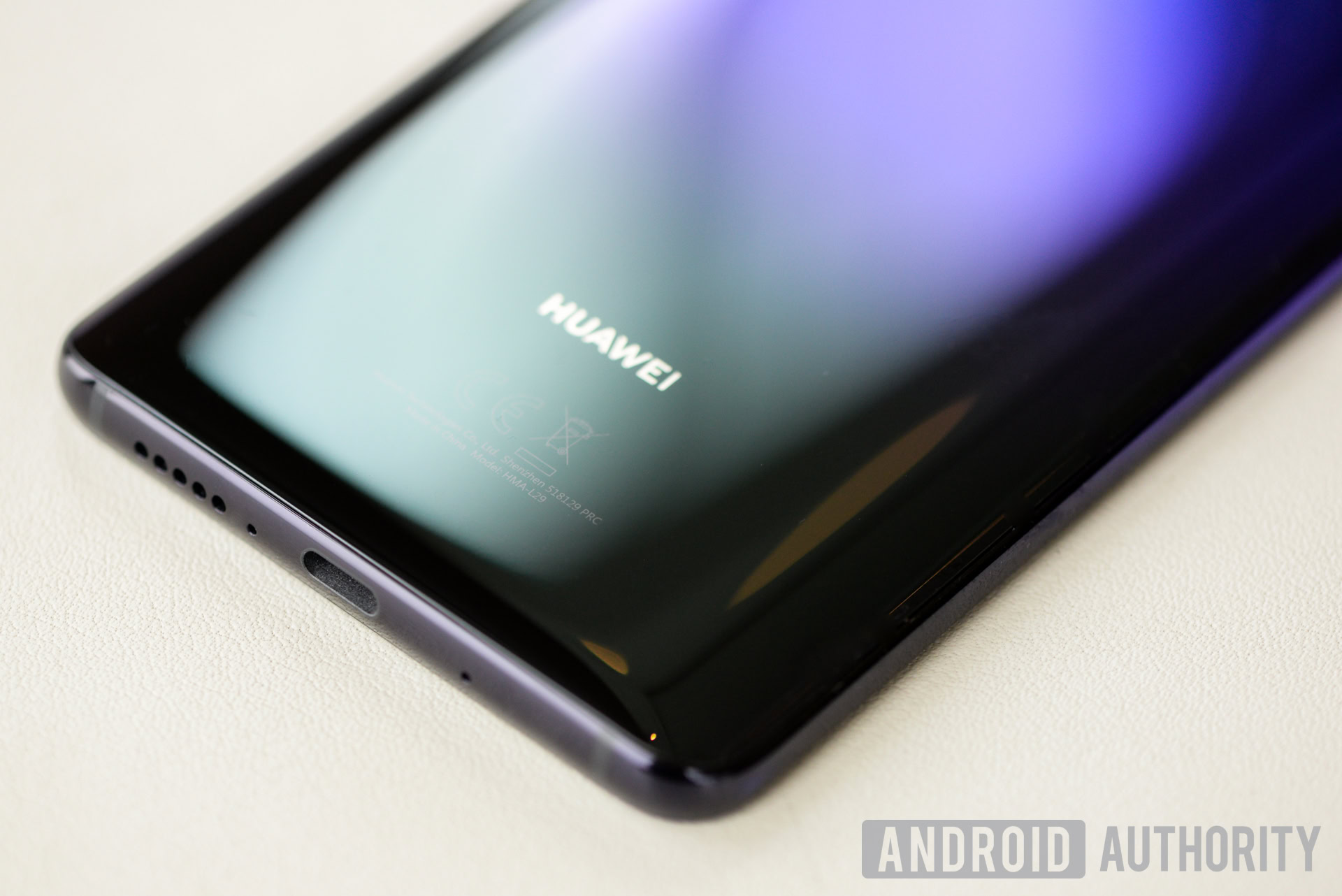
While the regular Mate 20 has a rear-facing fingerprint sensor, the Mate 20 Pro comes with an in-display unit. HUAWEI says the Pro’s fingerprint sensor unlock speed has been improved by 20 percent from the Porsche Design Mate RS‘ sensor.
Both Mate 20s come with an on-device Password Vault with on-device biometric security. None of these passwords will be stored in the cloud.
Finally, let’s talk about the Mate 20 Pro’s front camera array. It not only has a 24MP sensor on the front, there’s also a dot projector, TOF proximity sensor, flood illuminator, and IR camera. This is all there to allow for a much more secure face unlock security option. HUAWEI says it can’t be tricked by a flat image, making it harder for thieves to access your phone. The company also says it doesn’t matter if you’re wearing glasses or contacts, are wearing a hat, or grow a beard — face unlock should always recognize it’s you.
Launching with Pie and EMUI 9
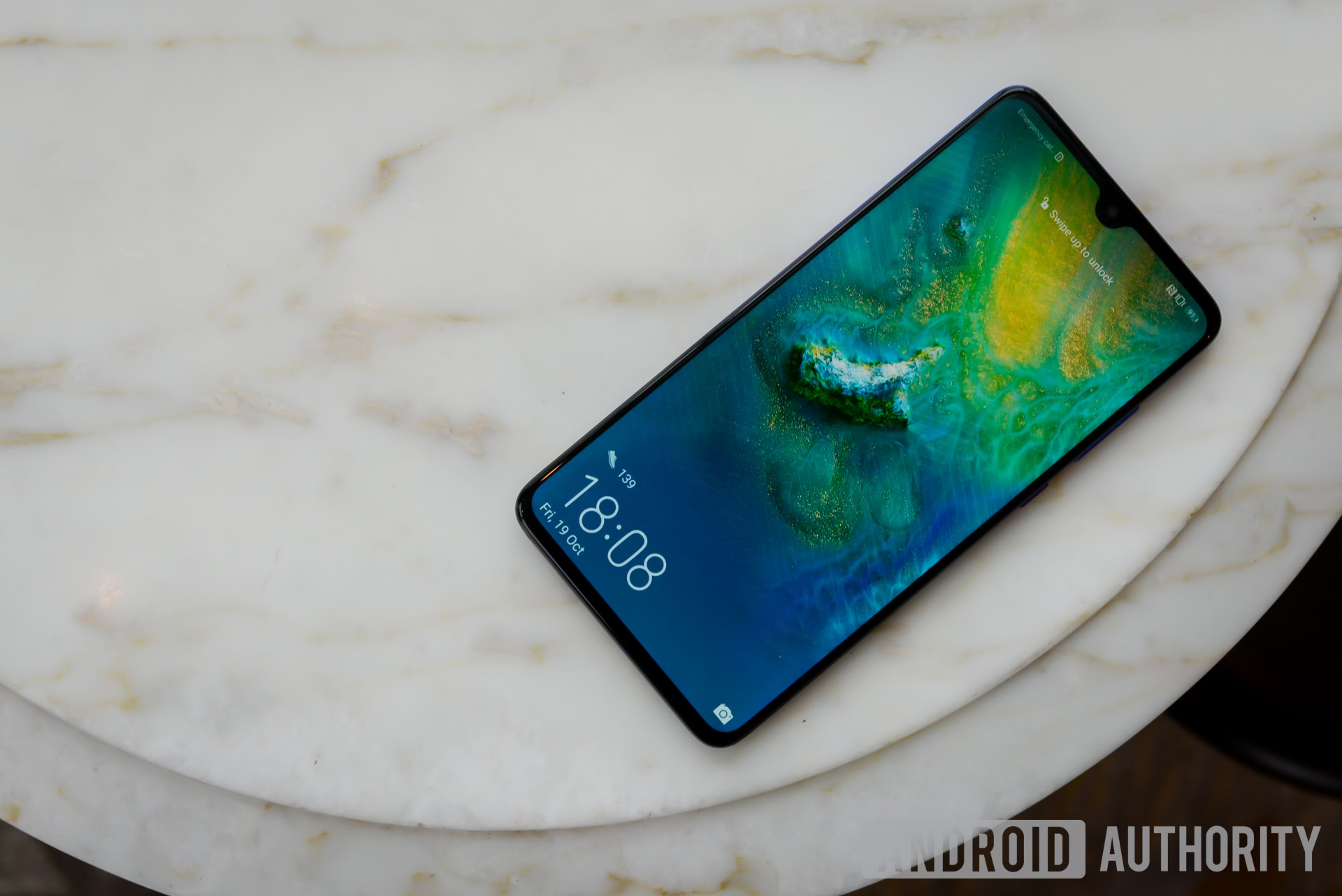
The Mate 20 and Mate 20 Pro are launching with Android 9 Pie and EMUI 9. HUAWEI’s EMUI 9 brings a fair amount of upgrades and refinements from last year’s EMUI 8.
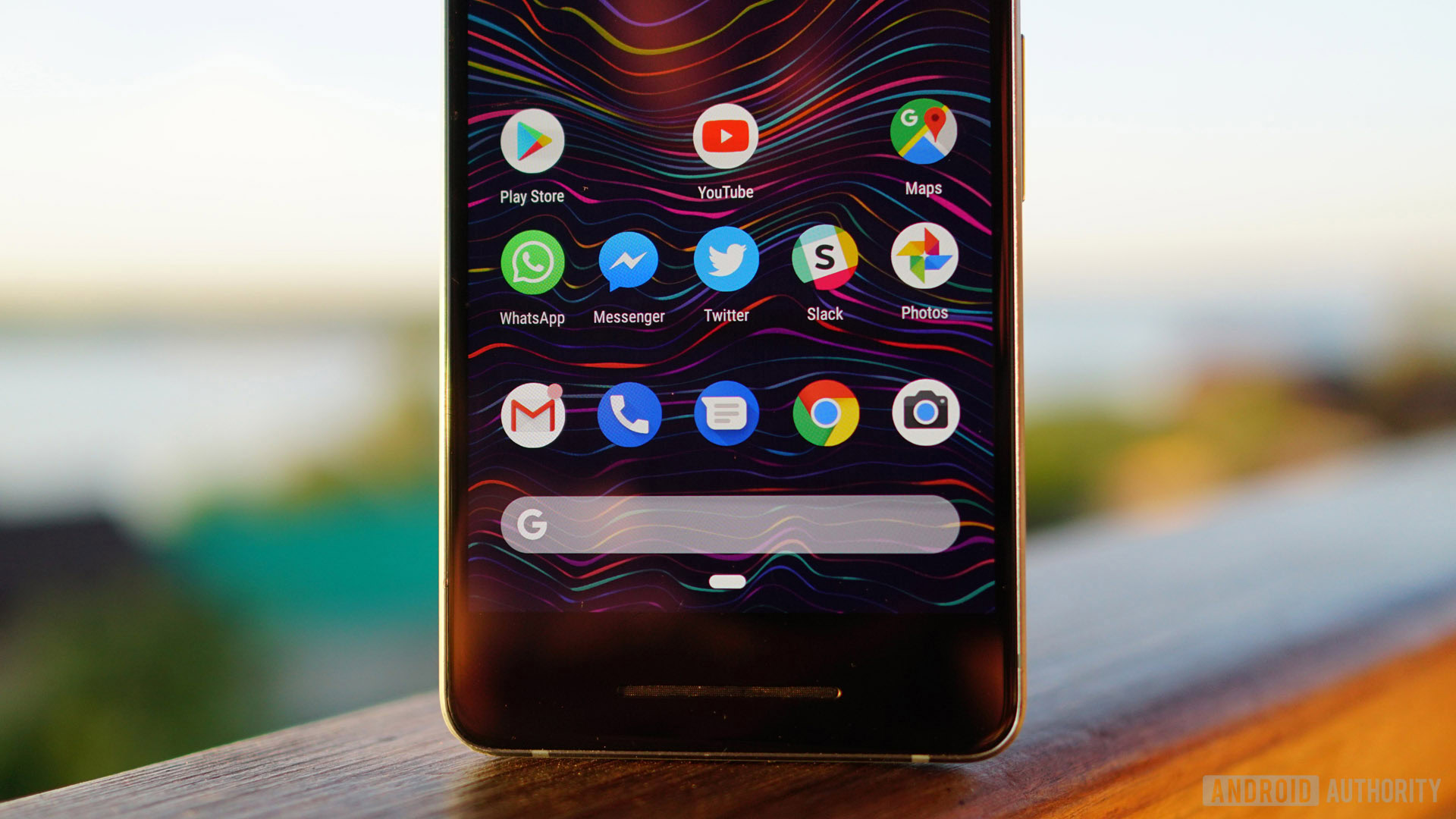

There’s been a 10-percent reduction in settings items from EMUI 8, and HUAWEI has worked to remove any complexities in the advanced settings sub-menus. In fact, HUAWEI’s announcement from September said the company was working to bring the number of items in settings to 843 down from the 940 options in EMUI 8.
Compared to the Mate 10, HUAWEI says EMUI 9 on the 20 series will see a 47-percent speed increase in system responsiveness when tapping on apps, a 51-percent increase in starting apps, and a 42-percent increase in the smoothness of operation when using apps.
Looking for more details on the Mate 20 and Mate 20 Pro?
- HUAWEI Mate 20 Pro review: Take an even closer look at the new flagship in this final review
- Top HUAWEI Mate 20 and Mate 20 Pro features: In this article, we take a deep dive into the best things about the Mate 20 and Mate 20 Pro.
- HUAWEI Mate 20 and 20 Pro specs: we take a closer look at all core specs on both the HUAWEI Mate 20 and 20 Pro.
- HUAWEI Watch GT hands-on: HUAWEI also announced two new wearables: a smartwatch called the HUAWEI Watch GT, and a fitness tracker called the HUAWEI Band 3 Pro. We go hands-on!